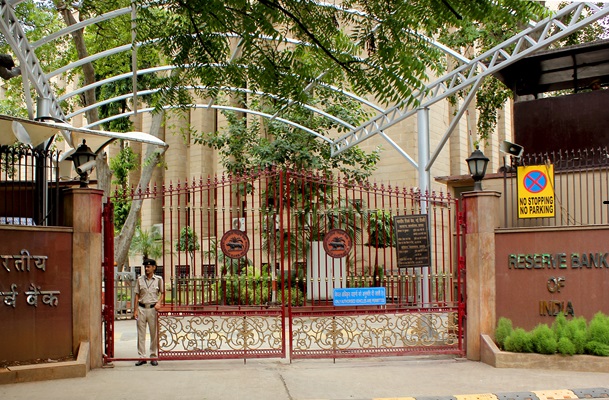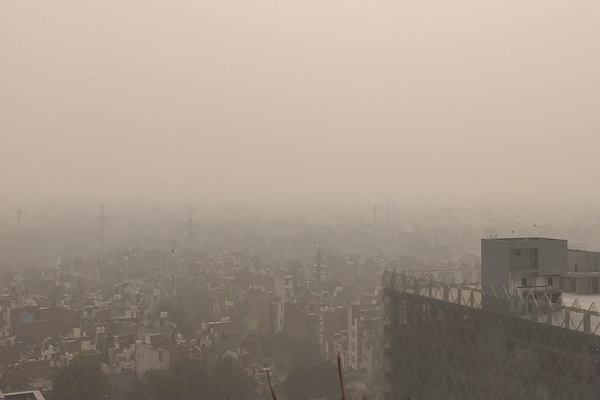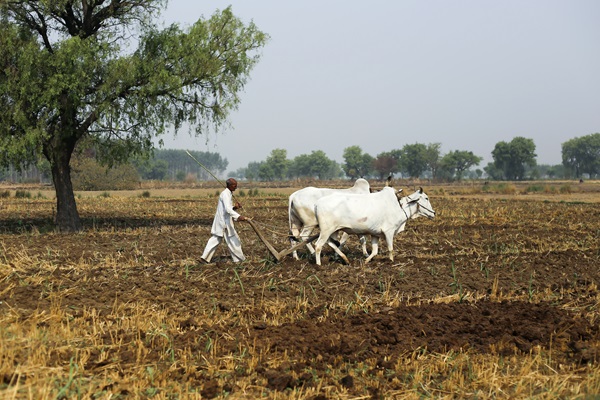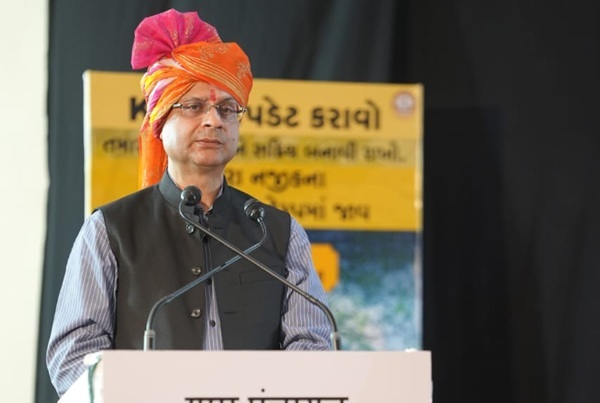.png)
RBI’s Insulated Optimism Jars with Ground Reality
The central bank’s upbeat narrative of resilience overlooks stagnant earnings, weak credit demand, and intensifying global risks.


Dhananjay Sinha, CEO and Co-Head of Institutional Equities at Systematix Group, has over 25 years of experience in macroeconomics, strategy, and equity research. A prolific writer, Dhananjay is known for his data-driven views on markets, sectors, and cycles.
October 1, 2025 at 11:39 AM IST
The Reserve Bank of India wants the world to believe that the economy is robust, shielded from the turbulence of global trade wars. Its latest policy statement painted a picture of high growth and low inflation, as if India had achieved a utopian trajectory. Yet behind this rhetoric lies a different reality—one of stagnating corporate earnings, faltering credit demand, and growing external vulnerabilities.
Corporate sales growth has slowed to low single digit, earnings have been flat for six quarters, and household incomes and urban employment are under strain. Incremental bank credit has fallen compared with last year. Fiscal and monetary policies have shifted to stimulating demand, a posture more typical of an economy slipping into a slowdown than one powering ahead. Market signals mirror this divergence: the rupee has sunk to a record 89 against the dollar, equities have suffered sizeable wealth erosion, foreign portfolio inflows have dried up, and government bond yields have risen despite the RBI’s proactive rate cuts and phased CRR reductions.
The central bank’s latest measures underline this contradiction. Regulatory easing, such as relaxed norms for capital market funding and group lending, is aimed at removing perceived supply-side bottlenecks to bank credit. But this misdiagnoses the problem.
Over the past seven to eight years, credit demand has remained subdued despite healthier corporate balance sheets, large fund-raising in equity and bond markets, corporate tax cuts, and heavy government infrastructure spending. Private capital expenditure remains elusive. Instead, easier conditions have encouraged corporates to tap capital markets, often substituting for rather than supplementing bank borrowing. By doubling down on accommodation, the RBI risks once again flooding banks with liquidity in search of borrowers that remain reluctant.
At the same time, the central bank has downplayed global headwinds. Trade dependence has already weakened: India’s goods and services trade, relative to GDP, fell to 44.5% in the April–June quarter of 2024-25, from a post-COVID peak of 50% in late 2022-23 and 60% at the pre-2008 high. Services exports, long India’s cushion, are faltering. Net services surplus dropped to $15.6 billion in August 2025, down 19% from the December 2024 peak, with exports declining by 15.6% to $31 billion. Capital inflows, at just 0.1% of GDP in 2024-25, are at a 25-year low and unlikely to revive quickly as US neo-mercantilist tariffs intensify.
This echoes the “decoupling” narrative of the pre-2008 crisis, when emerging markets believed they could escape global shocks. Reality proved otherwise. Today too, the RBI’s optimism rings hollow. Its actions—front-loading liquidity, expanding credit channels to capital markets, and signalling more scope for easing—betray underlying anxiety about slowing momentum. With the credit-deposit ratio already near a peak, household savings falling, and bank balance sheets stretched, the risks are evident. If inflation overshoots forecasts, the central bank may find itself trapped between a weakening growth outlook and financial fragility.
India’s economy is not insulated; it is exposed. Pretending otherwise will not strengthen resilience. It will only increase the eventual cost of adjustment.
Also read:
RBI Breaks Old Orthodoxy with Regulatory Measures
RBI Reopens the Door to Accommodation
Partly Monetary Policy, Largely Credit Policy
Banks Poised to Challenge NBFCs As RBI Unshackles Restrictions



